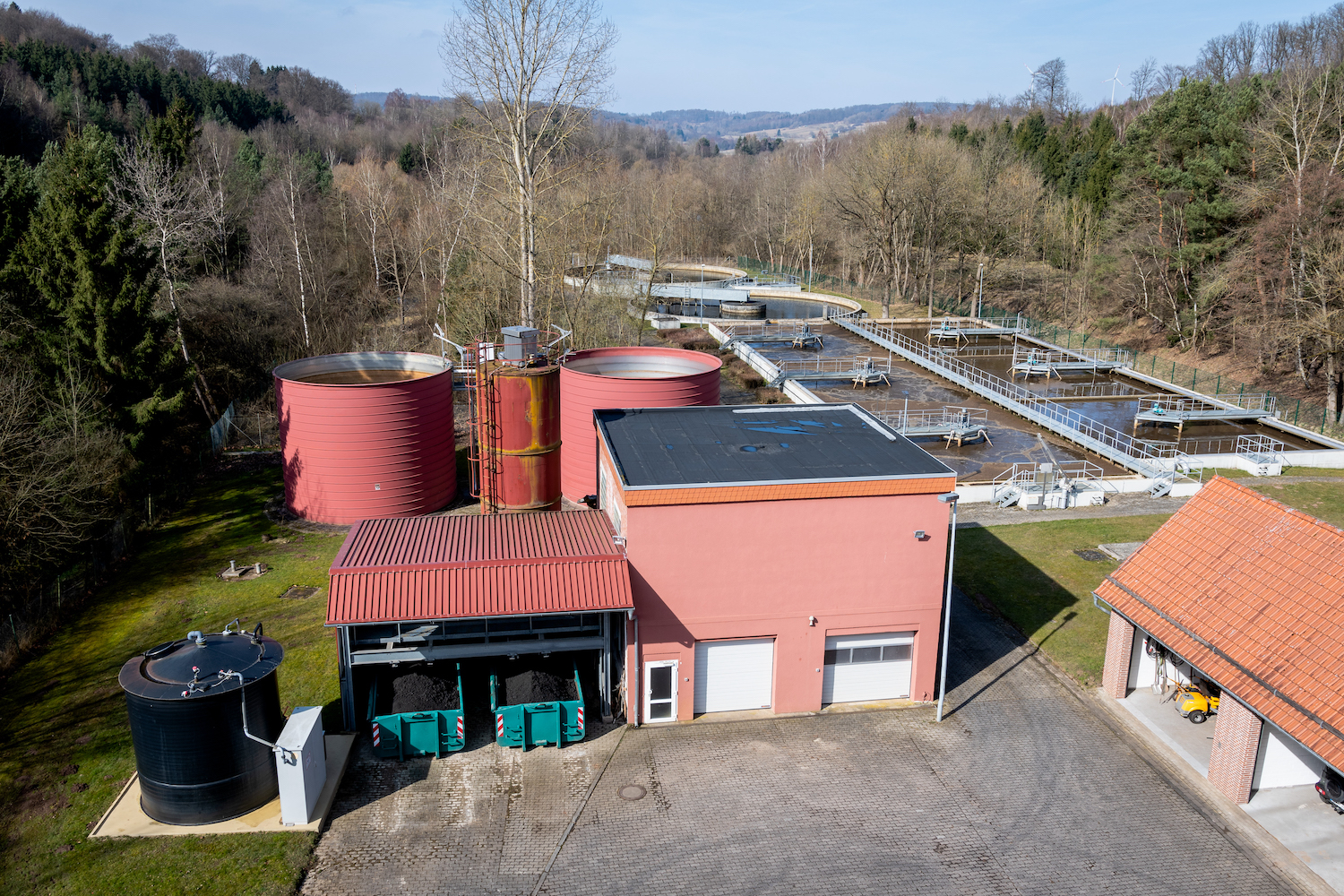
Wastewater treatment providers are facing an extremely challenging operating climate in 2023 and beyond as authorities around the world tighten environmental regulations which govern chemical use and wastewater disposal. They are also coming under pressure from the rapid rise in operating prices and customer expectations on sustainability.
Here are six factors to consider in chemical dosing to achieve the best performance in onsite wastewater treatment (WWT).
-
Stay competitive
Chemical and operational savings are critical to staying competitive in a global market and maintaining cost control. When factoring in the pressure to modernise and increase capacity, it can be a complex task to understand where to make the most effective efficiencies.
Energy consumption is in the spotlight as utilities strive to meet sustainability goals and net zero carbon targets, along with managing rising costs. A changing climate and growing pressure from the public for utilities to reduce waste while minimising environmental impact is also driving change and increasing expectations.
Peristaltic pumps, such as the Watson-Marlow Fluid Technology Solutions (WMFTS) range of Qdos chemical metering pumps, provide highly accurate dosing by enabling precise, incremental adjustments from 0.1ml up to 2,000ml per minute. By only using what is needed, chemical quantities and costs are reduced.
-
Keep abreast of regulations
As WWT facilities in the municipal and industrial sectors look to upgrade equipment to meet tightening regulatory demands, regulations themselves are also changing. For example, the European Council Directive 91/271/EEC on urban wastewater treatment states that by 2040, all water released into the environment, from treatment plants serving 100,000 people or more, must be free of pharmaceuticals, pesticides, antibiotics, manufacturing chemicals and other harmful substances – resulting in the need for increased treatment.
In the United States, the Environmental Protection Agency’s Safe Drinking Water Act sets legal limits on over 90 contaminants in drinking water, which changes and is added to periodically. The legal limit for a contaminant reflects the level that protects human health and that water systems can achieve using the best available technology. The Agency’s rules also set water-testing schedules and methods that plants must follow.
As the need for greater transparency around sustainability goals and metrics increases, it is incumbent on suppliers like WMFTS to support clients in optimising chemical use and eliminating the risk of spills of pollutants into the environment. Treated effluent must meet high quality standards before being released into the environment. Inaccurate dosing and regulatory breaches can result in large fines and damage to a company’s reputation.
-
Put safety first
The health and safety profile of pumps is an important consideration for plant managers and the Qdos pumps feature leak detectors which stop automatically and alert operators in the event of a pumphead failure.
The units are self-contained and, once valves are shut off, the pumphead can be quickly and easily replaced without tools or spillages for safe maintenance. This minimises the possibility of operators coming into contact with chemicals and prevents chemical spills into the environment.
By comparison, other pump types require disassembly for repair and maintenance, risking chemical spillage and exposing staff to potential contact with chemicals.
-
Optimize equipment effectiveness
WMFTS Qdos pumps offers the opportunity to help operators save on capital expenditure and demonstrate best practice. Long established in the market, a peristaltic pump has a long product life and does not require pulsation dampeners, degassing valves or back pressure valves.
Qdos pumps offer quick maintenance at longer intervals – reducing the impact of process downtime, rapid process recovery, and lowering the overall cost of ownership.
The high accuracy of Qdos pumps enable the use of more concentrated chemicals and smaller, more efficient, dosing systems, which in turn reduces both energy and transport costs. Furthermore, accurate, linear and repeatable chemical dosing allow the use of less chemicals, even with varying process conditions.
-
Boost sustainability
Municipal and industrial organisations are increasingly seeking to reduce vulnerability to a challenging operating climate through conservation and reuse of water – with some undertaking onsite assessments of WWT plant operations at every stage of the process, to ensure they are operating as efficiently as possible. The benefits will be a reduction in water footprint and cost of supply.
These factors are important considerations especially where onsite management of water impacts directly on local communities and consumers are increasingly proactive around environmental concerns. By adopting best-practices for wastewater treatment and identifying opportunities for water efficiencies at every stage of the process, sustainable practices can be implemented.
Qdos peristaltic pumps are engineered with sustainability in mind – providing solutions that deliver longevity, reliability, and ease of maintenance. WMFTS has partnered with EcoVadis to achieve gold standard certification for business sustainability.
-
Make tangible efficiency gains
The installation of a Qdos dosing pump at the wastewater treatment plant serving the town of Hessisch-Lichtenau, Germany, has demonstrated that the deployment of accurate and reliable chemical dosing technologies can deliver a significant reduction in carbon dioxide emissions and environmental risks.
As a result of installing a Qdos Conveying Wave Technology (CWT) pump, the plant has met strict environmental discharge limits through accurate and reliable ferric chloride sulphate dosing to treat wastewater. This has achieved a 97.5% reduction in phosphorus load over the first year since installation.
While the challenge of meeting regulatory standards, reducing capital expenditure, and striving for sustainability is complex, accurate chemical dosing can help WWT plants to continually drive efficiencies. The potential overall savings available by choosing the right dosing pump, and investing now to save later, should not be underestimated and will help utilities run operations with greater precision, efficiency, and cost control.
Related stories:
Treatment plant efficiency rising up utility agendas







